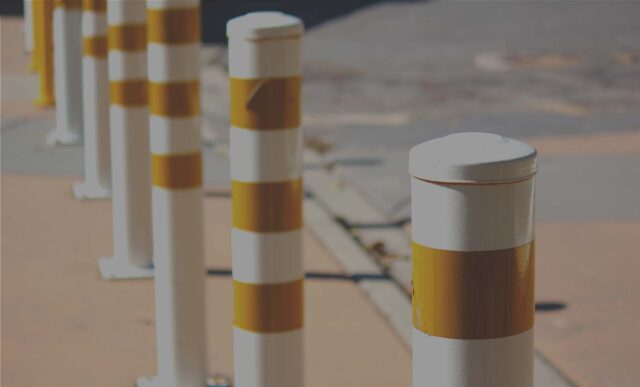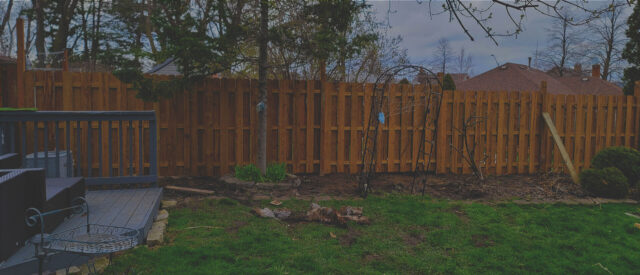Bollards
Digging & Installation
The best bollards contractor near you.
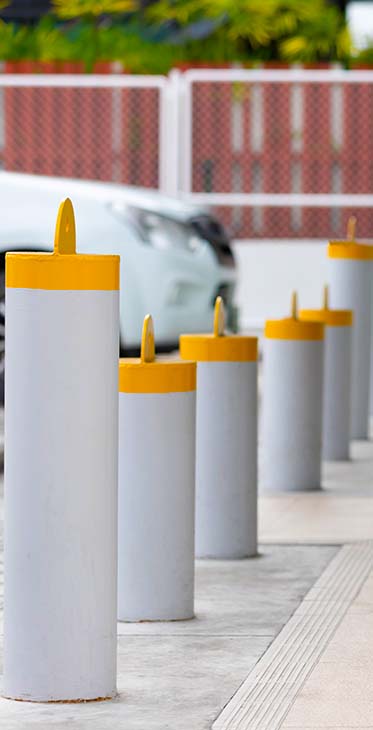
Post2Fence: Bollards Hole Digging and Installation Professionals
Our team of bollard contractors has extensive experience and some of the most advanced equipment on the market to handle bollard installation projects of any size or type
Whether you need bollards for safety and security or to enhance the visual appeal of your property, we take care of all aspects of the process including:
Bollard hole digging;
Setting the bollards in concrete with precision;
Ensuring stability and longevity of the bollards by using only high-quality materials
Contact Post2Fence for a free bollards installation estimate:
What are bollards?
Bollards are short vertical posts that can be made from different materials such as concrete, steel, or plastic. They are designed to control or direct traffic, protect buildings and people from vehicle collisions, or to enhance the aesthetic appeal of a property.
Bollards can be found in public spaces such as sidewalks, parks, and pedestrian areas, or in private properties such as residential buildings, parking lots, or commercial properties. They can be used to create barriers, prevent unauthorized parking, control vehicle access, or to enhance the visual appeal of a location.
How are bollards installed?
Bollards are installed by:
Digging a hole and pouring concrete to create a foundation. The diameter and depth of the hole depend on the size and weight of the bollard, the type of soil, and the intended use of the bollard. The hole should be dug using a post hole digger or a power auger to ensure it is the right size and depth;
Additional concrete or an anchor is used to secure the bollard in place. Once the concrete has set, the area around the bollard can be backfilled with soil or concrete to create a flush finish.
Get your free Bollard installation estimate now!
Why choose Post2Fence for your bollard project?
There are a number of reasons why you should choose an experienced installer. Here is what makes us the best bollard contractors:
EQUIPMENT
Our top of the line equipment allows us to dig perfectly symmetrical bollard holes to the correct depth every time much faster than the competition;
EXPERIENCE
Years of experience of installing bollards helps us deliver bollards of the highest quality and stability matched by only a few others in the market;
SPEED
Our ability to dig bollard holes and set the concrete in one day helps to accelerate your project timelines, get more done and save money on labour;
BUYING POWER
Thanks to our exclusive suppliers of bulk materials we can offer extremely competitive rates on your project, whether large or small.
GET YOUR FREE ESTIMATE NOWExpedite your bollard projects: Benefits for all types of clients
Long lasting, sturdy bollards for any application:
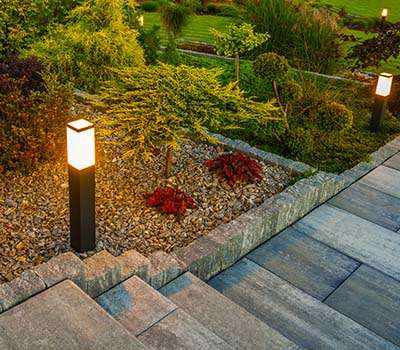
RESIDENTIAL
Post2Fence offers beautiful and long lasting bollard installation for residential clients:
Our advanced equipment lets us get your project done faster and cheaper than the competition;
We get you even more savings by buying materials from exclusive bulk suppliers;
We make sure that all local regulations are met to avoid damaging anything that may be running underground.
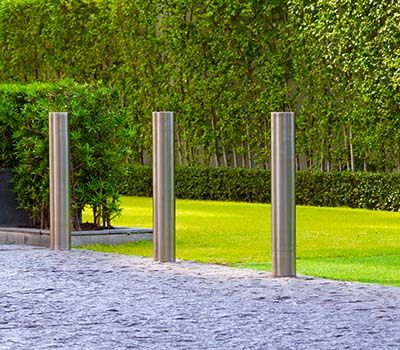
CONTRACTORS
Post2Fence helps get your projects done, faster:
Take on larger projects by having us do the tedious digging and installation of bollards for you;
Rest easy knowing that we will ensure compliance with local codes and regulations, ensuring the project meets the required standards;
Save money through our bulk buying power of required materials.
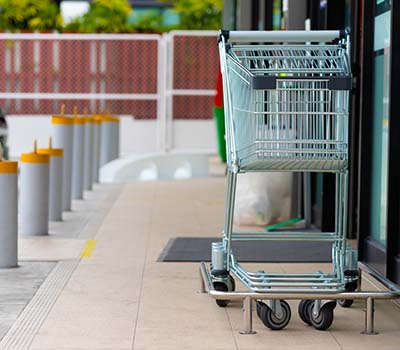
COMMERCIAL BOLLARDS
Post2Fence offers professional bollard installation tailored to commercial clients:
We expedite your project timelines through the ability to dig bollard holes and set them in concrete in one day;
We work with the other trades on site to schedule and complete work with minimal interruption to the rest of the projects;
We take care of the regulations and compliance so that you can focus on the bigger picture.
Bollard Hole Digging and Setting Blogs
Contact Post2Fence
Send us an email today for a Free Quote or Consultation for your next bollards installation project!


